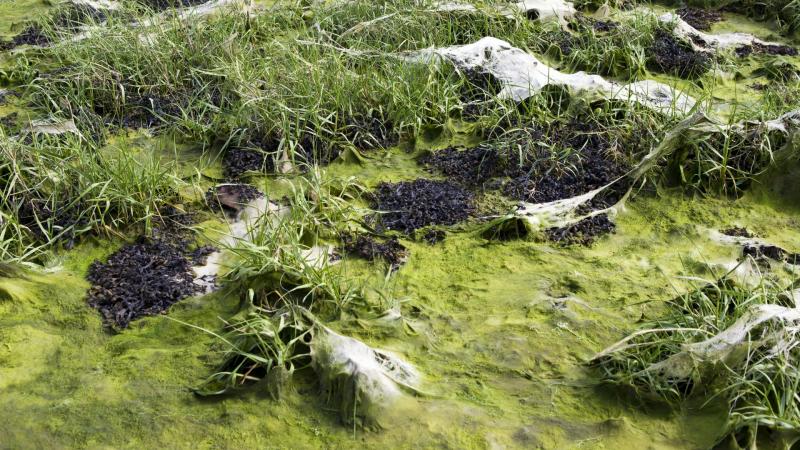
Scientists from Indian Institute of Khragpur (IIT KGP) have developed a novel method to estimate the biomass and pigment concentration of algae, without ever having to touch or disturb the organism, which could help algae using industries, like pharmaceutical and food industries, with quick tests of their yield.
Algae are a diverse class of photosynthetic organisms, commonly forming the lowest level of the food chain. Apart from being the food source for many aquatic and marine life forms, algae have also been used for production of pigments and various medical applications. Recent developments in processing methods have found new uses for these ancient organisms. Today, one of the primary uses for algae is in producing bio fuels, apart from which they are also used in pollution controlling agents, bioremediation and production of certain polymers.
Two important factors that are required to deduce the yield of fuels or other usable products from a colony of algae are biomass and the pigment concentration of the said colony. This often involves and intrusive or destructive testing methods, which requires collecting samples from the colony. To avoid such intrusive measures, scientists from IIT KGP have developed optical based testing method to determine the two properties.
Using a technique called diffuse reflectance spectroscopy (DRS), which involves analyzing the infra-red and visible radiations scattered from a sample using a spectrometer. For their experiment, the scientists used two species of algae; Chlorella Vulgaris and Nostoc muscorum, and a mixed culture of the two species. Visble to near infra red (VisNIR) light is scattered off of samples of the two cultures, which is then sent through a spectrometer, which splits the emerging light into its constituent frequencies. Next, using partial least squares regression (PLSR) algorithm, the spectrum is analyzed to reveal the biomass and pigment concentration of the cultures. The analysis of the spectra also revealed culture specific spectral signatures, allowing the scientists to identify the specific culture based on the spectra it produced. The amount of carotenoids, a type of organic pigment present in all photosynthetic organisms, like plants and algae, was also deduced using the PLSR method on the spectra.
This new method of testing for pigments, according to the scientists, has the “potential for developing a new approach for estimating pigment concentrations in algae samples without consuming the sample”. And if commercialized, could reduce the time and effort required to convert algae into a viable industry resource.






